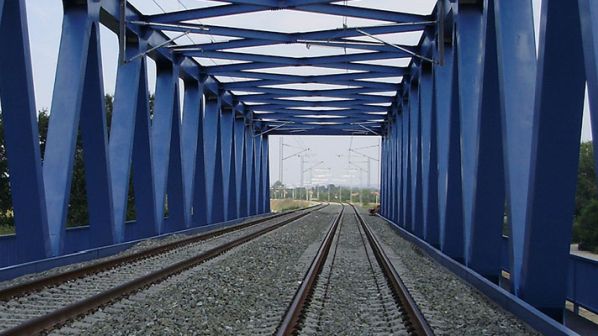The loan has a fixed interest rate and the Hungarian government can repay instalments ahead of schedule if needed.
The signing of the loan agreement was a precondition for the contract signed in June 2019 with the Chinese-Hungarian CRE Consortium, which is rebuilding the main line. The consortium consists of the Hungarian subsidiaries of China Tiejiuju Engineering & Construction and China Railway Electrification Engineering Group working with RM International. Huawei, V-Híd and Vasútvill are subcontractors on the project.
Work on upgrading the Serbian section is already underway with this expected to be completed in 2022, while the Hungarian section is expected to be completed in 2025.
The project includes track-doubling between Soroksár, in Budapest, and the Serbian border between Kelebia and Subotica.
The electrified line will offer initial speeds of up to 160km/h, with the alignment suitable for 200km/h. ETCS level 2 will be installed and a central traffic control centre will be built in Kiskunhalas in southern Hungary. Nearly 100 buildings and more than 100 level crossings will be rebuilt, with 16 underpasses and several bridges and noise walls also being erected.
The large project price tag, along with additional costs for archaeological excavations and other related developments financed through the Hungarian budget, make the project the most expensive piece of railway construction in Hungary’s history.
The work will reduce travel time between the Hungarian and Serbian capitals from more than 8 hours prior to the withdrawal of the train service for upgrading to 3h 30min.
For detailed data on rail projects around the world, subscribe to IRJ Pro.

